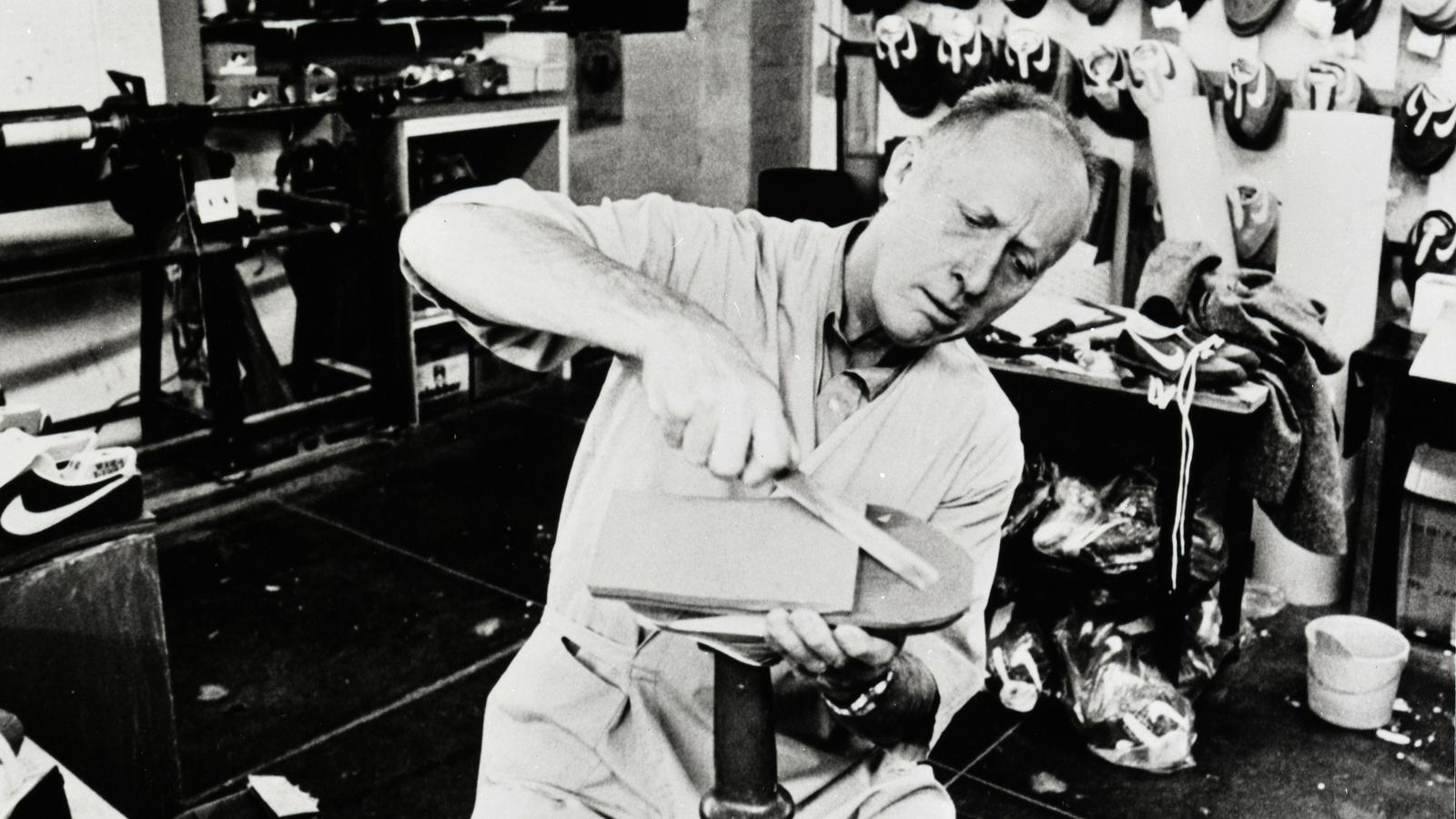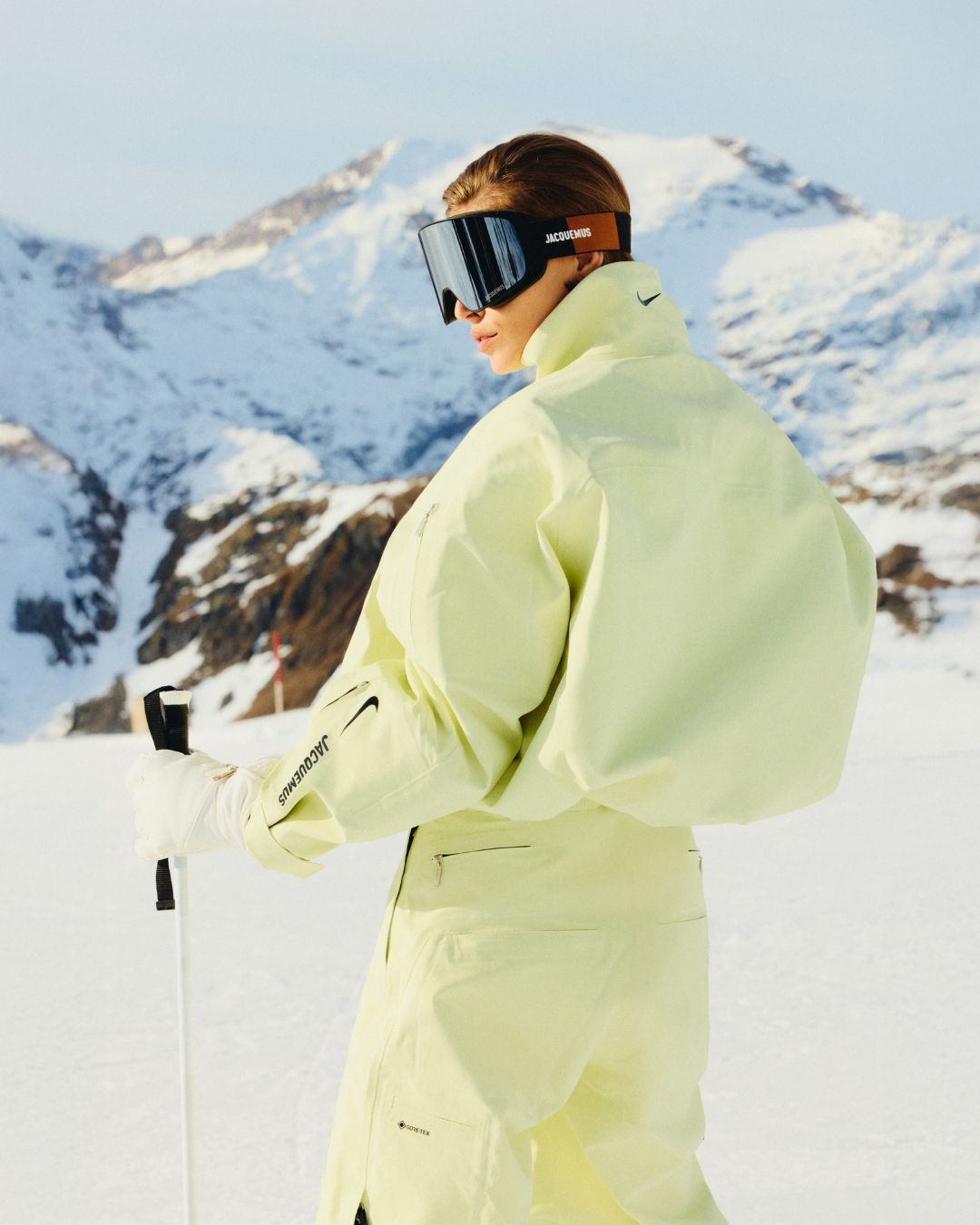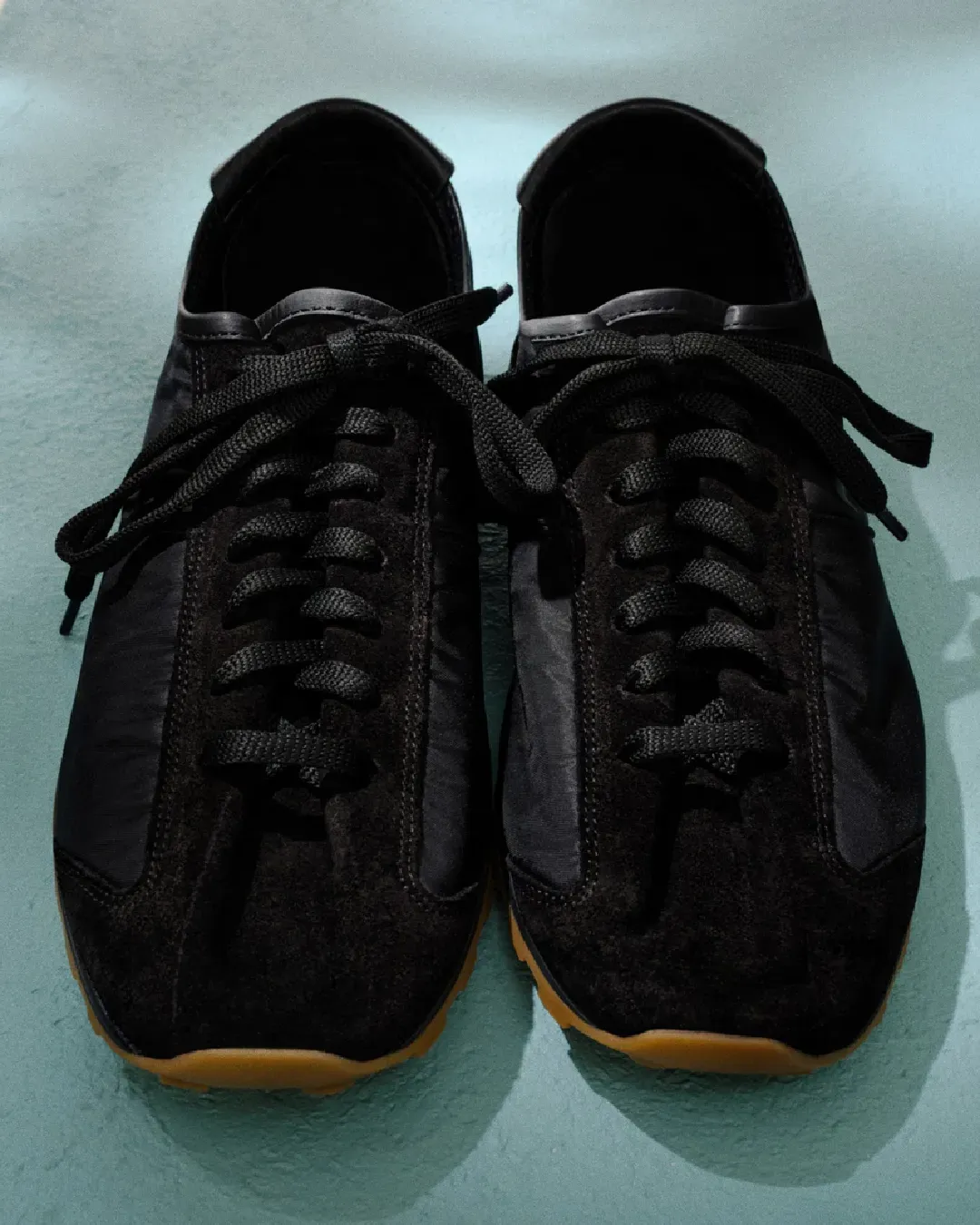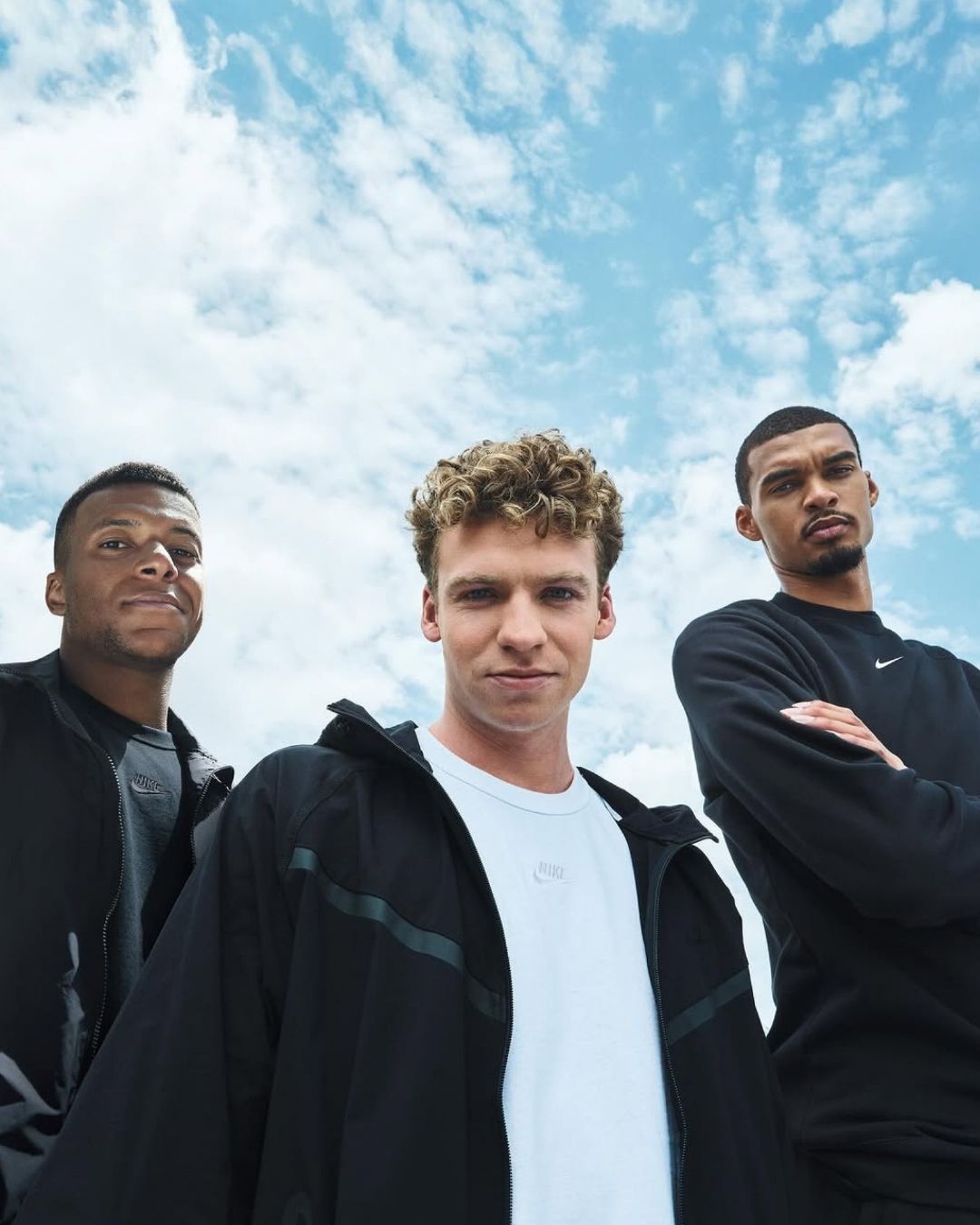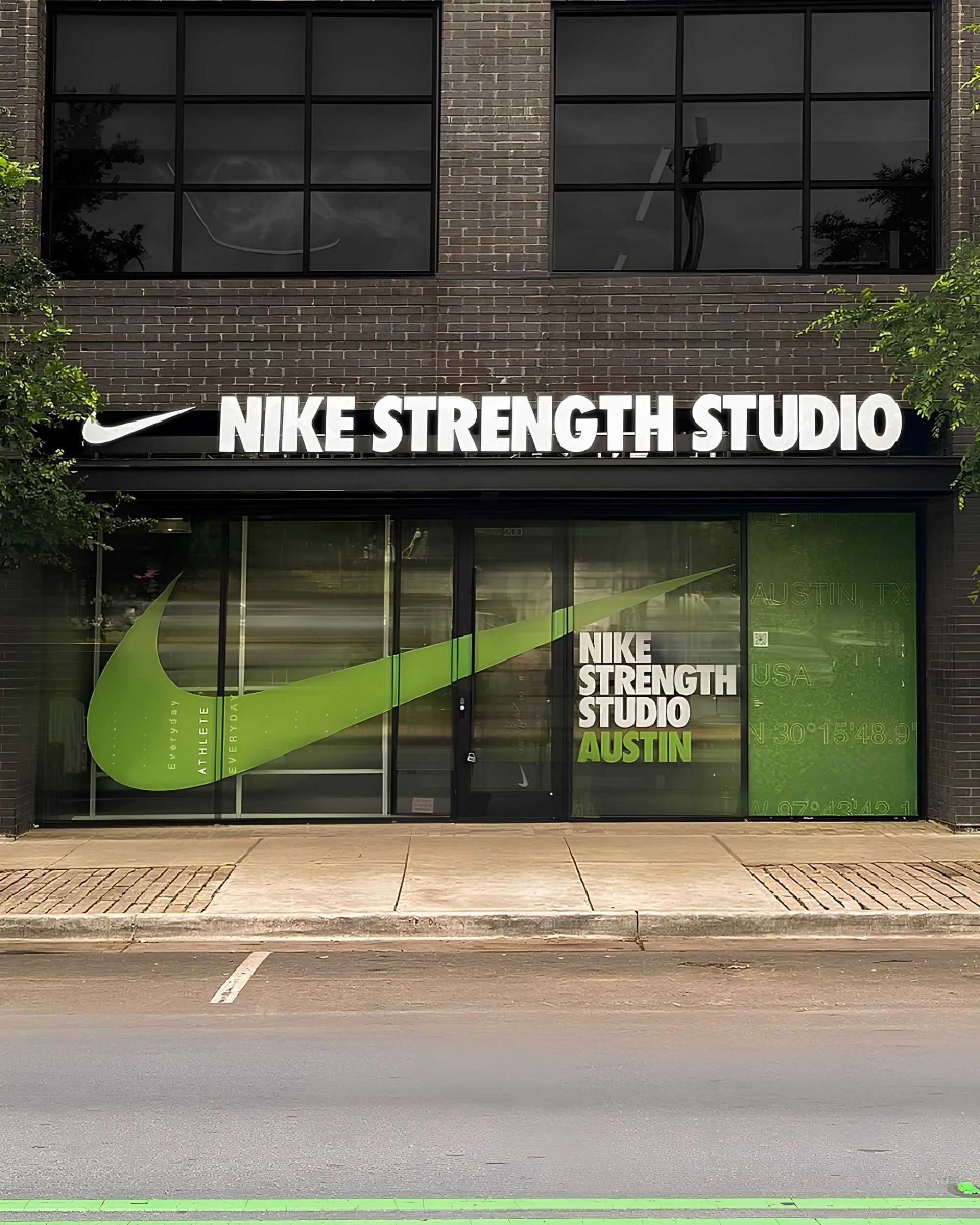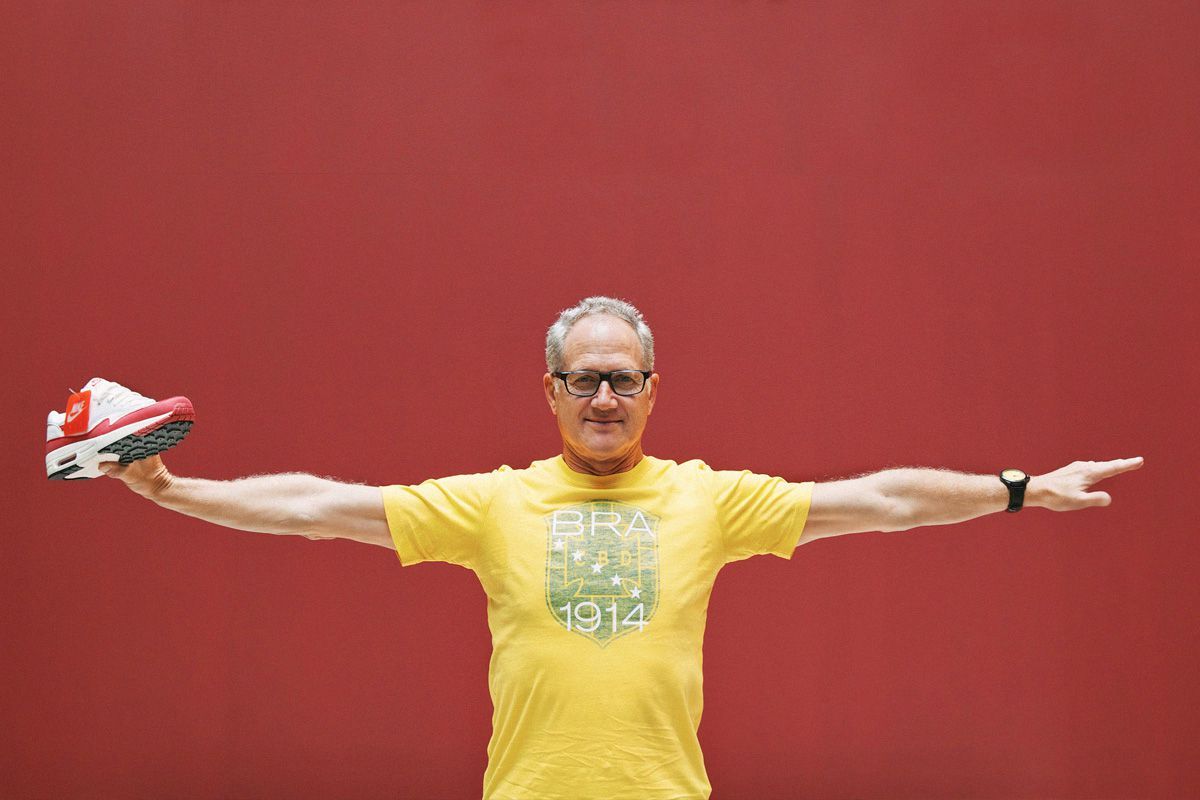
'The Hatfield approach' A visionary genius: Tinker Hatfield
Pole vaulting is risky. What is fundamental in dealing with this sport is concentration.
You cannot afford the slightest distraction, it is a mental issue first and if the attention is not at its maximum, the possibility of getting hurt becomes very high. You have to proceed with confidence when you start the race, no hesitation, as if you wanted to break through a wall and you can't have second thoughts. The goal is to plant the rod, pull yourself up, stand upside down and pass the bar.
Tinker Hatfield was admitted to the University of Oregon thanks to an athletics scholarship in the early 1970s - at Central Linn High School he was also a great basketball and football player - there he met the man that changed his life forever, Bill Bowerman. Bill was the coach of the athletic team - he liked to call himself a TEACHER OF COMPETITIVE REACTION - but he also had a small workshop under the bleachers of the athletics track where he built shoe prototypes for the athletes. In the second year of university Tinker fell from 5 meters during a workout and fractured his ankle, it took 5 operations and two years of rehabilitation to get back to walking; Tinker's career was in danger, the doctors said, as was his stay at the university: he risked losing his scholarship. Bill then decided to build a pair of special shoes with studs and an insole on one side because he was limping and allowing young Hatfield to be able to continue competing and studying. Tinker graduated with a degree in Architecture from the University of Oregon in 1977.
The relationship with Nike's co-founder taught Tinker what we now call the "Hatfield approach", meaning that the athlete participates in the creative process of the footwear. But how? Participating in each other's working life, getting to know each other and understanding the needs, the will and - what should not be underestimated - the athlete's personality. In 1988 Andre Agassi was 18 and he was ready to become a future number 1 in the ATP ranking but he was different. Andre had an attitude completely different from the tennis players at the time like Jim Courier, Ivan Lendl and Pete Sampras, Agassi "played tennis moving like a frontman of a heavy metal band" to quote one of the most brilliant pens in American literature, David Foster Wallace. We are talking about a man who stole a panda from an amusement park, who admitted to having used amphetamines and deliberately lost games in addition to having a story with a 28-year-old woman, and that woman was Barbra Streisand.
Tinker started working with Andre Agassi but did not know him and they then went to Las Vegas, where the Agassi family lived, to empathize with the boy so strong and with that personality so overflowing. After spending time with that long-haired young man, he realized that the game he was expressing was not the son of the Country Clubs but was a "belly" tennis. He designed the Nike Air Tech Challenge 2 but not only, he also created some crazy outfits for Agassi with bright colors; Mark Parker and Tinker Hatfield saw Agassi wearing denim shorts with warm-colored leg warmers underneath, Tinker had just invented "anti-tennis" clothing.
"If you find an athlete with the right personality you can change the perception of an entire sport"
Then there was "the Jordan case".
After the Air Jordan 1 and II, Michael Jordan was not satisfied with the work Nike was doing and was ready to leave Oregon for other shores. Phil Knight - co-founder of Nike with Bill Bowerman - decided that Tinker was the Go-to guy who could save the team in the worst possible moment and that he would be the one to design the Air Jordan III. There was a meeting, where Michael arrived 4 hours late accompanied by his family, attended by Phil Knight, the head of marketing, and Tinker. Michael was clearly annoyed, he didn't want to be there. Phil thanked Michael for coming and gave the word to Tinker hoping for the miracle. He started talking about the shoe, making sketches but Jordan wanted more: he wanted to see the finished shoe. Tinker showed the Air Jordan III to Michael explaining to him the choices made respecting all the cues that Jordan himself had given to the Hatfield creative team. It was a success. That day the most significant creative designer / athlete association in history was born, the foundations were laid for what is Nike today, the most important company in the world in the field of sportswear.
The rest is history. Tinker Hatfield has imagined, designed and created the most iconic Nike models. He worked with Steven Spielberg and Robert Zemeckis, for Back to the Future Part II in 1987, to make a pair of shoes that would not disfigure in 2015; the Nike Mag were born. He is the father of the E.A.R.L. (Electric Adaptable Reaction Lacing); the mind behind all the Air Jordan from the III to the XV; the visionary mind behind the first shoe with the visible Air unit, the Air Max 1. There is a constant in Tinker's life, always exceeding a bar; whether it was that of the pole vault or the imaginary one of a difficult project to realize, Hatfield has always faced it in the same way: he planted the rod, he pulled himself up, he put himself upside down and it exceeded.











































